November was a landmark month for the UK fuel market, according to the RAC, with both the lowest average pump price for diesel in six years and the first widespread sight of petrol being sold for less than £1 a litre since Summer 2009.
RAC Fuel Watch data for November showed the average price of petrol reduced for the fifth month in a row from 107.67ppl at the start to 106.98ppl as well as hitting a nine-month low on 11 November at 106.92ppl. Diesel, however, reduced to its lowest average price since late December 2009 when it reached 109.48ppl on 30 November, having started the month at 109.77ppl.
This means since this time last year the cost of filling up a 55-litre family car with petrol has plunged by £7.75, and for diesel a fill-up is now £8.95 cheaper than a year ago.
The RAC’s prediction of petrol being sold for less than £1 also came true with Asda running a three-day promotion of petrol at 99.7ppl. Morrisons linked a £40 in-store spend to a 7ppl discount also taking its petrol below £1 per litre.
The RAC Fuel Watch report shows a barrel of crude oil fell over $3 in November, coming down from $47.32 to $44.03, with the six-year low of $40.40 being seen on 16 November. However, sterling lost ground to the dollar – with a pound worth $1.54 at the start of the month and $1.51 at the end – reversing some of the positive effect of the lower oil price as oil is traded in dollars.
RAC Fuel Watch spokesman Simon Williams said: “In the expensive run-up to Christmas, drivers of both petrol and diesel vehicles are benefitting from far cheaper fill-ups than they did at this time last year. While petrol for under a pound a litre has become a reality at the cheapest retailers we would like to see this happen on a non-promotional basis.
“This depends, of course, on the cost of a barrel of oil staying low and ideally trading down a little closer to $40 for longer – something which is very hard to predict, particularly as OPEC meet tomorrow (4 December) in Vienna to discuss oil production strategy.
“There has been talk of stabilising the barrel price which would mean stemming production, but it’s difficult to see how that would work when Iran begins to pump up to one million barrels a day in 2016, following its nuclear agreement with the West.
“The lower forecourt prices we’re enjoying at the moment are a product of the fall in world crude oil prices, which began in September 2014. After a six-year low of $45 a barrel in early February and two instances of going back up to the $60 level twice briefly since, the price has been consistently below $50 since mid-October, reaching a new six-year low in mid-November.
“As it stands we anticipate a slight average petrol price reduction in the next two weeks and another 2ppl coming off diesel, taking the new six-year average low price even lower.”
HMRC oil duty statistics for October show combined sales of petrol and diesel were 1.9% up on September at 3.905bn litres and up 1.8% on the previous October. Petrol sales (1.461bn litres) were static on September whereas October saw the fifth highest number of litres of diesel sold in any month since 1990 with 2.444bn. This was 2.9% up on the month before and 3.7% up on October 2014.





















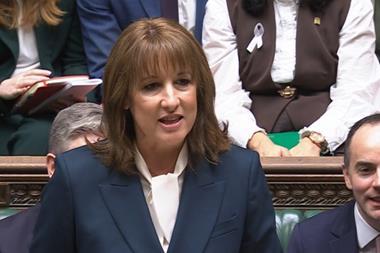
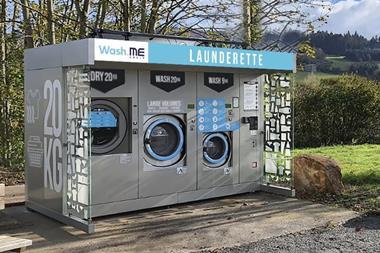
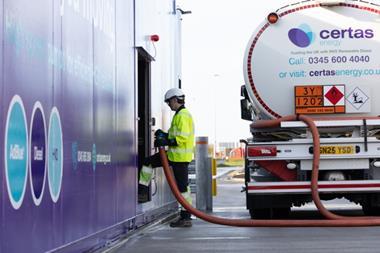
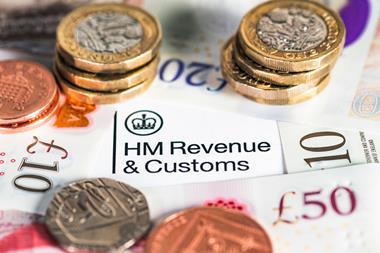
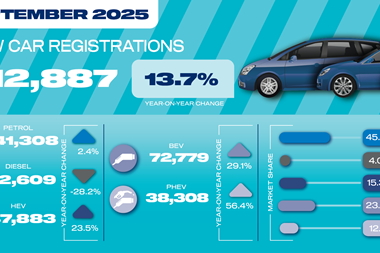

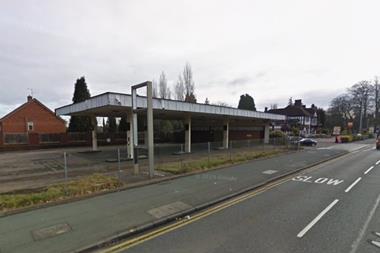
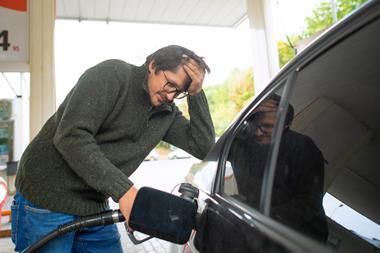

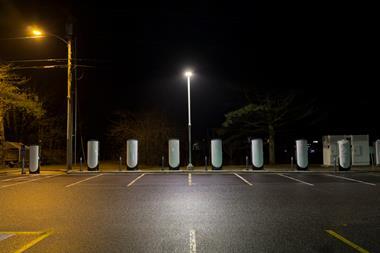
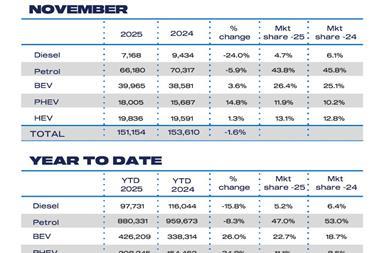

No comments yet